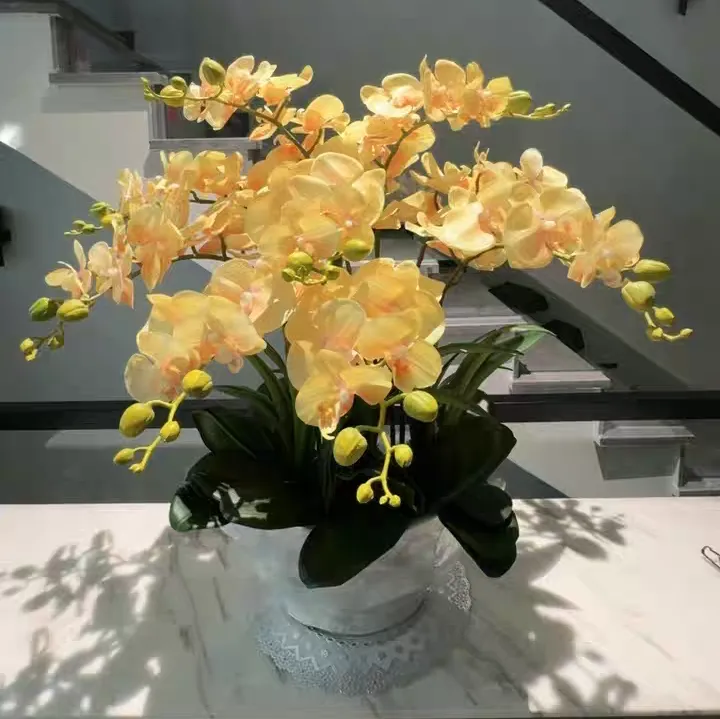Don't throw away your Phalaenopsis orchid after its flowers wilt! With proper dormancy care, it can rebloom spectacularly next year. Here’s a step-by-step guide to help your orchid rest and prepare for its next blooming cycle.
### **Light Management**
Phalaenopsis are semi-shade plants, especially sensitive to direct sunlight during dormancy! Excessive light can scorch leaves and even hinder next year’s flower bud formation. Place them on an east-facing windowsill or 1–2 meters away from a south-facing window, ensuring 4–6 hours of bright, diffused light daily. If leaves turn yellow or develop brown edges, these are "distress signals" of excessive light—adjust their position immediately!
### **Temperature Control**
Phalaenopsis thrive in 18–28°C and fear cold. During dormancy (especially winter), maintain room temperature above 15°C! Northern gardeners should never place orchids near drafty areas or radiators, as drastic temperature changes can freeze roots. For lower temperatures, wrap the pot in a transparent plastic bag (with air holes) or an old sweater for insulation.
### **Watering Rules**
Overwatering is the primary cause of orchid death! Dormant plants grow slowly and need far less water. Use the golden rule: insert a finger 2–3 cm into the medium—water only if completely dry, or check aerial roots (white = thirsty, green = hydrated). Adopt the soaking method: submerge the pot in water for 10 minutes, then drain. In winter, water every 15–20 days with water at room temperature to avoid shocking roots.
### **Fertilization Taboos**
Fertilizing during dormancy is an "orchid killer"! With slow metabolism, plants can’t absorb nutrients, leading to root burn, shortened bloom periods, or even death. Stop all fertilization once flowers wilt, and resume in spring with 1500x diluted orchid-specific fertilizer, applied sparingly.
### **Pruning Tips**
Timely pruning after full bloom is key to triggering new shoots!
**Method:** Cut the flower stem diagonally 2–3 nodes above the base to allow nutrient reabsorption. If the stem is fully withered, remove it at the root. Disinfect wounds with carbendazim powder to prevent infection. Pruning redirects nutrients to new buds, powering next year’s blooms.
### **Additional Notes**
- Rotate the pot regularly for even lighting and prevent lopsided growth.
- Ensure good ventilation, but avoid cold drafts.
- Remove diseased or withered leaves promptly to stop pathogen spread.
- Minimize moving the plant—stable conditions aid dormancy.
Follow these steps, and your Phalaenopsis will survive dormancy smoothly, ready to rebloom brilliantly next year! 🌸
How to Maintain Phalaenopsis Orchids During Dormancy

Share with
Tagged in :




Leave a Reply